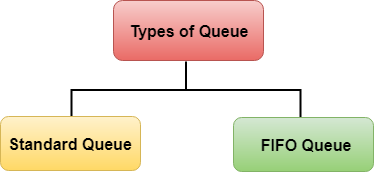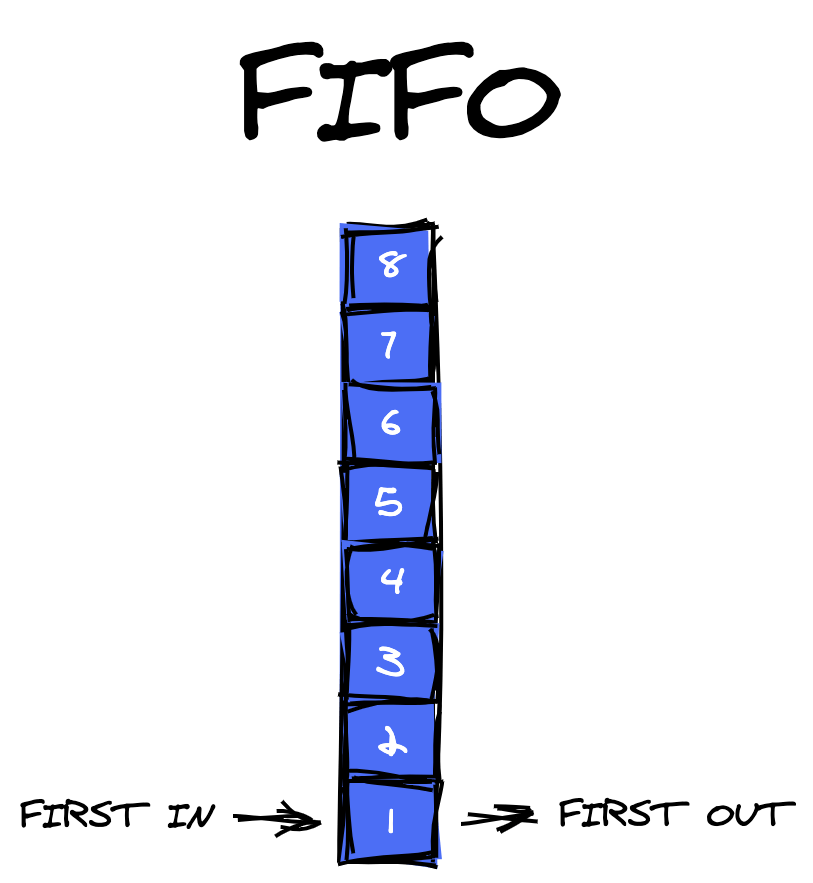

Then SQS sink will connect to the queue using provided configurations and send the message to the queue.ĮXAMPLE 2 )define stream outStream(symbol string, deduplicationID string) Ībove example demonstrate how an SQS sink is getting configured in order to publish messages to a SQS FIFO queue. Once an event is received by outStream, an xml message will be generated by 'xml' mapper from the attribute values of the event.

Time in seconds for how long the message remain in the queue until it is available for the consumers to consume.Įxamples EXAMPLE 1 )define stream outStream(symbol string, deduplicationID string) Ībove example demonstrate how an SQS sink is getting configured in order to publish messages to a SQS queue. ID by which a FIFO queue identifies the duplication in the queue(only applicable for FIFO queues) ID of the group that the message belong to(only applicable for FIFO Queues) (This is a mandatory field and should be provided either in the deployment.yml or in the sink definition itself)

Queue url which SQS Sink should connect toĪccess Key for the Amazon Web Services. Syntax queue="", access.key="", secret.key="", region="", ="", deduplication.id="", delay.interval="", PARAMETERS Name It has the ability to only publish Text messages SQS sink allows users to connect and publish messages to an AWS SQS Queue.


 0 kommentar(er)
0 kommentar(er)
